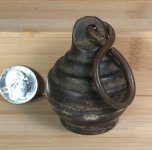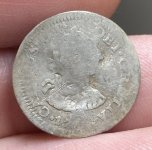deducer
Bronze Member
- Jan 7, 2014
- 2,281
- 4,360
- Primary Interest:
- Other
When I posted the "These bars Should Not Exist" version of the story (in 2007), I had not met the man yet. I hate to tell you this, but his name is NOT Bob.
I may be mistaken, but I believe the Bob that Springfield is referring to is Sonoita Bob.






